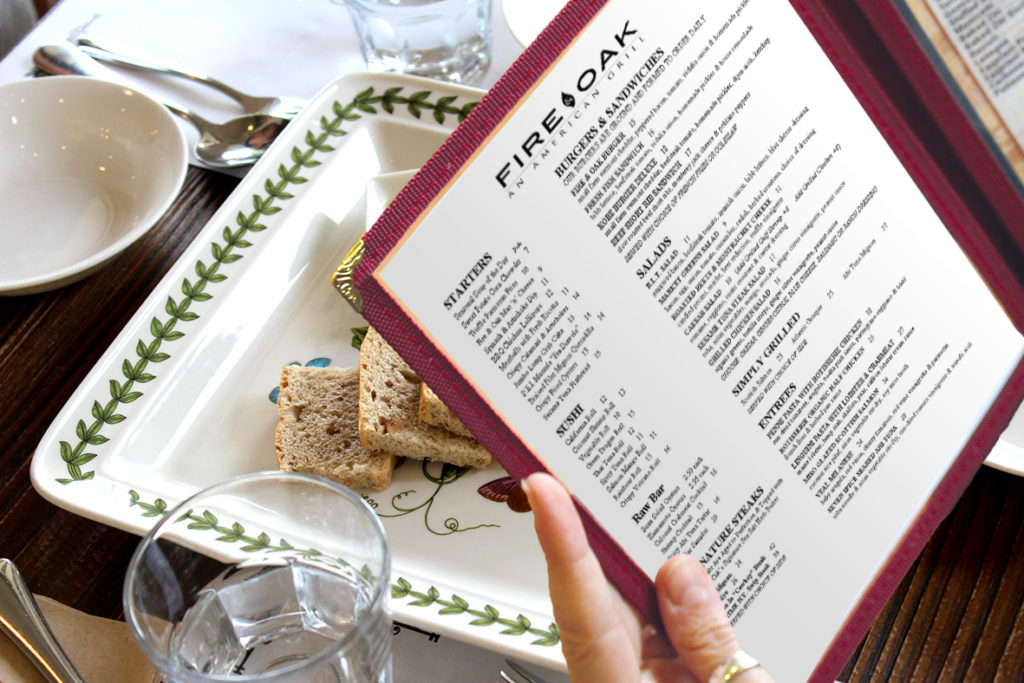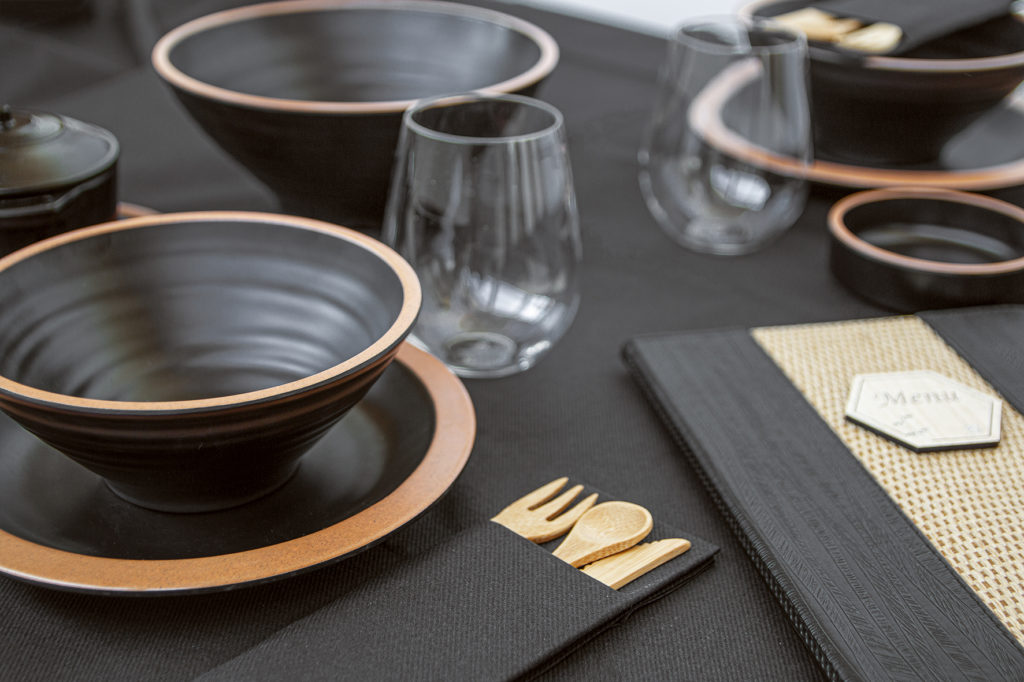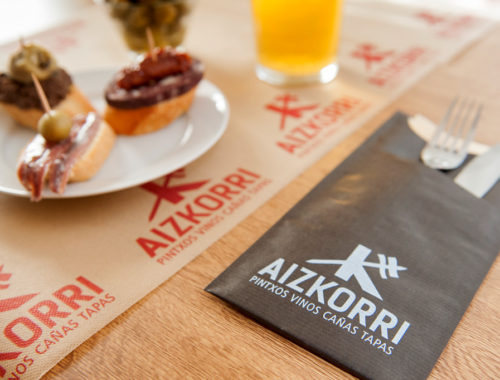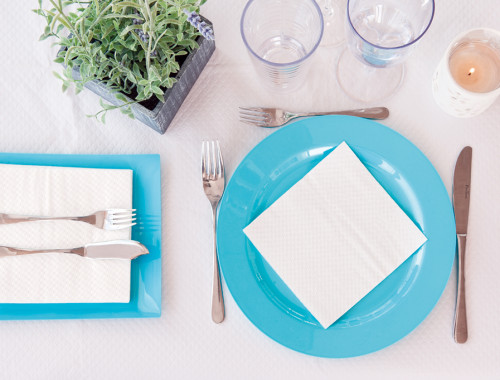It’s always nice when someone suddenly points out something that you had already noticed. Asking ‘why’ about something is a very healthy exercise. For example, why is one website more successful than another? Why does a good advertising agent design the creative content of their ads in a certain way? Why does a photographer frame something one way but not the other? By the end of the day, hundreds – if not thousands – of visual images have passed before our eyes and knowing how to grab your customer’s attention to maximise impact is now more important than ever.
So let’s ask ourselves, what differentiates a good menu from a bad one at a café or restaurant? A good menu on one of our García de Pou blackboards, for example, can be easily distinguished from a bad one by any number of visual elements, but also by the way in which the information is laid out.

The visual elements on a menu card are essential to catch the attention of the dinner guests.
Let’s not kid ourselves, the old adage of ‘you eat with your eyes first’ exists for good reason. So, a good menu can mean the difference between increasing your average bill per customer or not. What about the strategic importance of placing the most profitable dishes in sections that customers’ eyes are more naturally drawn to? ‘That’s a load of rubbish!’, some nay-sayers may claim. But then they should perhaps ask themselves why advertising space in a newspaper or magazine has different prices according to which part of the page you choose. The advertising industry uses a term called OTS (Opportunities To See), a factor that heavily influences the quality of specific media in a specific place and at a specific time based on the number of opportunities to be seen that can be created. So that’s settled then?
When a customer sits down at a table, be it a working day or a public holiday, as a matter of necessity or for leisure, the process always equates to a moment of pleasure, a break, and should therefore be made as easy as possible for them. Customers shouldn’t get lost, be overwhelmed or have eternal misgivings over what they fancy having or what they need, because they perhaps suffer from a food intolerance, are vegetarian or are sharing a table with young children.

The distribution of the information is an important aspect to make a good menu.
So, here are ten simple rules for producing the best menu for your establishment:
Profitability: The most profitable dishes should always come first, in the top-right, just like the most expensive advertising.
Simplicity: If you choose to combine dishes that are already on the menu to create a daily set menu, make sure this is clear, or better yet, try not to do it at all.
Time: Customers don’t want to spend more than two minutes choosing. Make it easy for them.
Allergies: Clearly identify – and when we say clearly, we mean very clearly – the food items that may cause allergic reactions. And while we’re at it, it’s always a good idea to indicate which dishes are vegetarian and which are low in calories.
Clarity: Use a clear and legible font, and a design that matches the style, ambience and look of your establishment. Incidentally, the graphic design you choose for your menu should complement the business, not the other way round, which is sometimes the case. It’s also not a bad idea to think about better quality textured paper, instead of classic office printer paper.

The guests prefer clear menus which allow them to choose easily.
Maintenance: Always keep your menus in perfect condition; i.e., clean and free from wear and tear. And if using a hard material, such as wood, cork or metal, among others, this is a great opportunity to be original, but don’t forget that people need to be able to handle them easily too.
Prices: Never use the currency symbol and try to play psychological tricks. In other words, 9.90 is not the same as 10. A small change makes a big difference. And never list your dishes in ascending price order.
Size: Your menu should have enough variety so customers can choose between several options but should no way be biblical in length. Your business is not a library. Customers are not there to read, but to eat. They are certainly not there to choose a colour for the walls of their house. They are there to eat and to enjoy their food in a matter of minutes for a limited time.
Spelling: This probably doesn’t even need mentioning. The easiest way to ruin the image of a business is to have spelling mistakes on printed material and, worse still, that they never get corrected. Yes, this also happens.
Multilingualism: If under law or for the purposes of accessibility you need a menu in several languages, your business’ image can also be ruined in the blink of an eye by using a machine translation tool without getting it checked, making a laughing stock of your menu. It’s better to spend a bit of extra money on a professional translator if necessary.

The menu is one of the most important elements in bars and restaurants.
At García de Pou we supply the medium, whether a blackboard or a tabletop menu holder while you supply a well-designed menu. Believe it or not, but standing out is often as simple as doing things well and, it’s worth repeating, a menu is the calling card of any food-based establishment.




